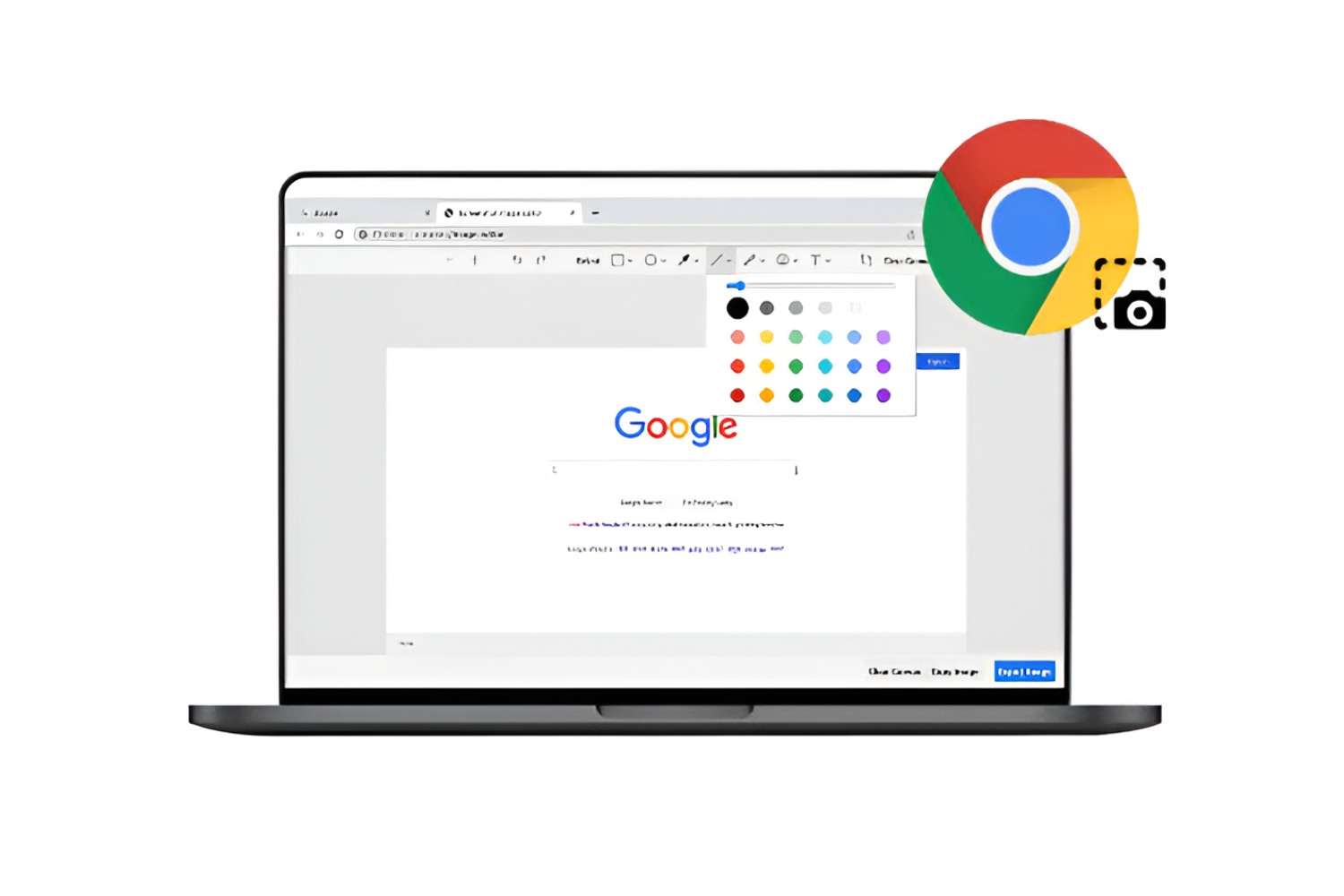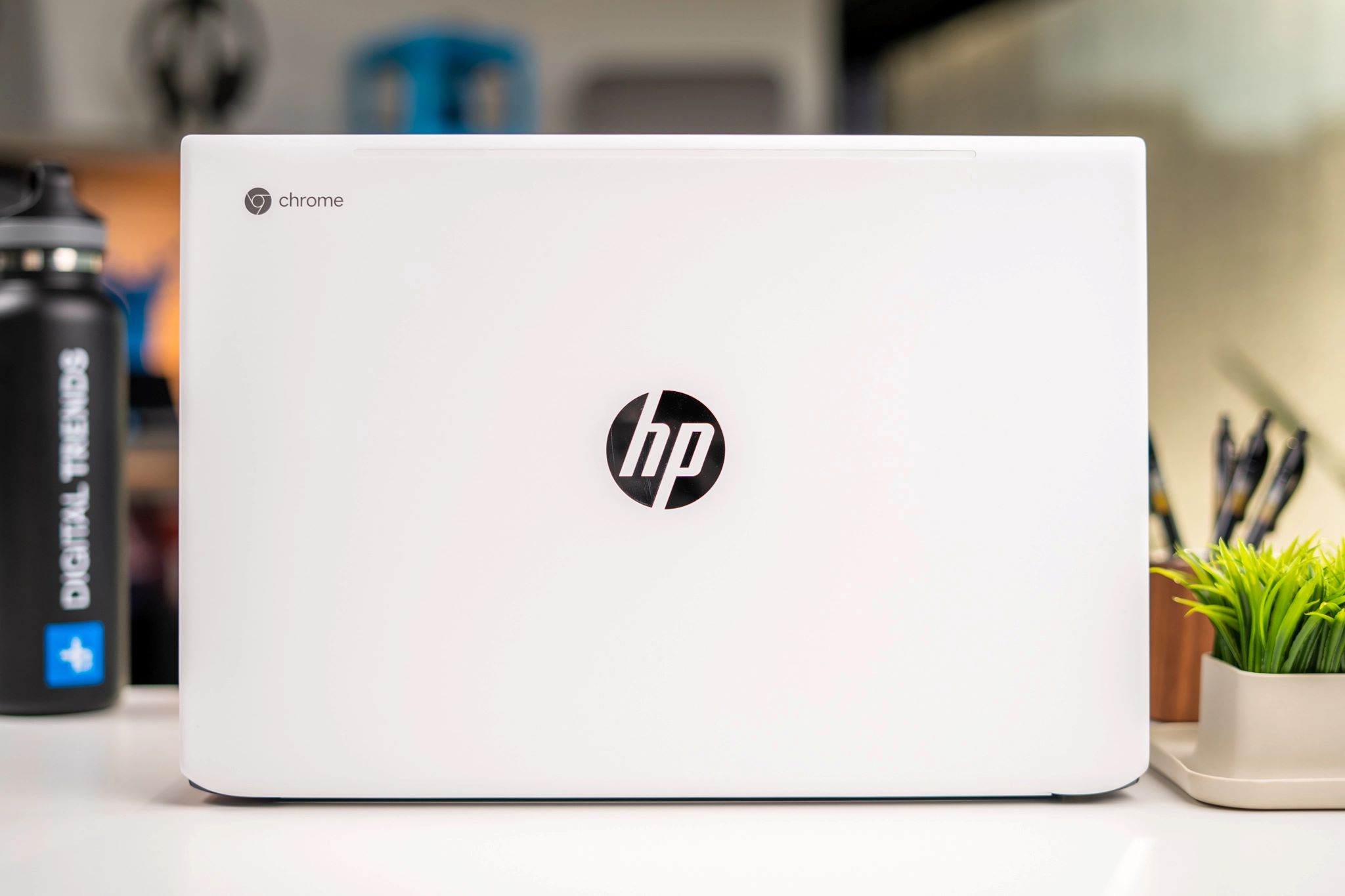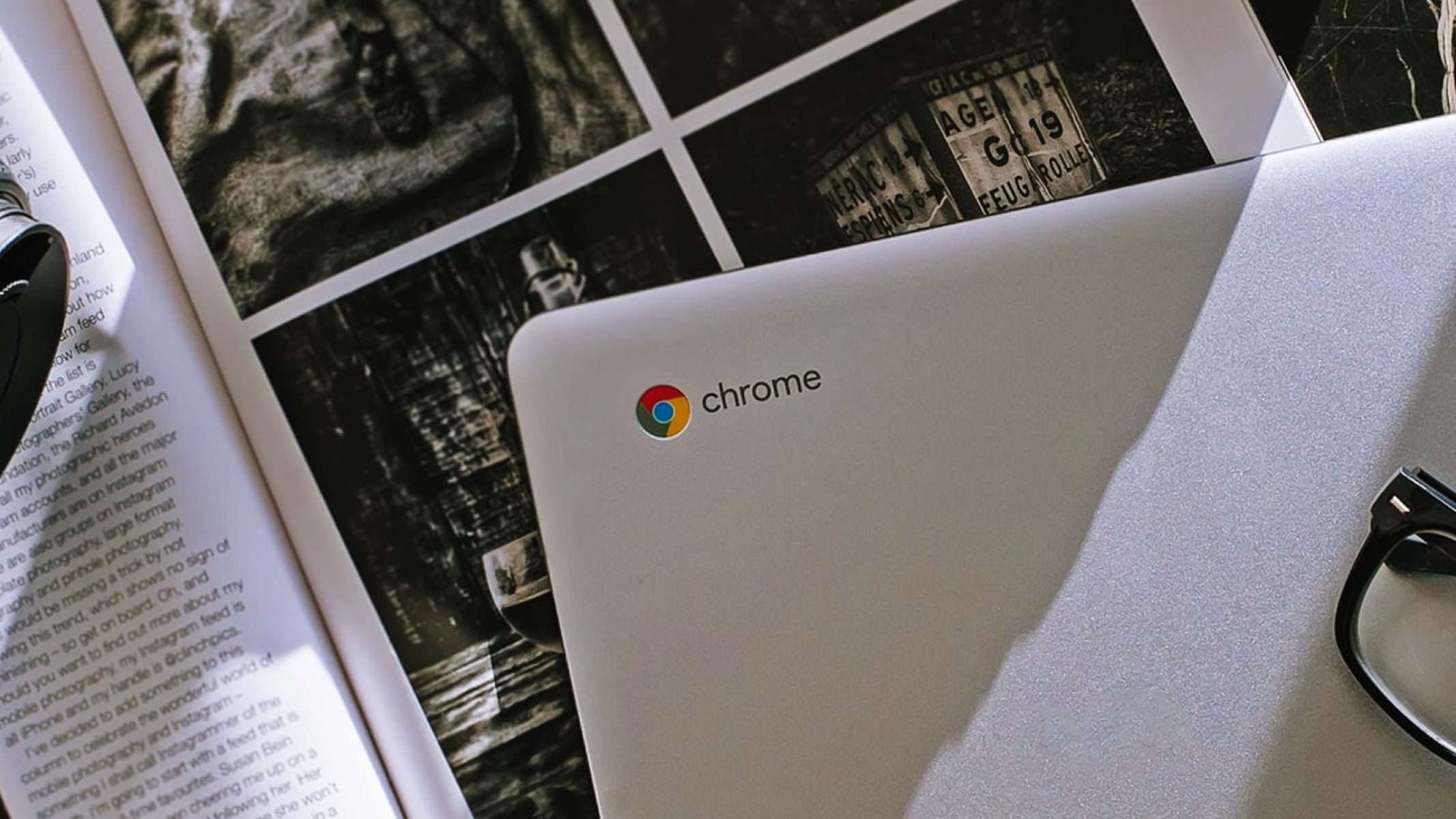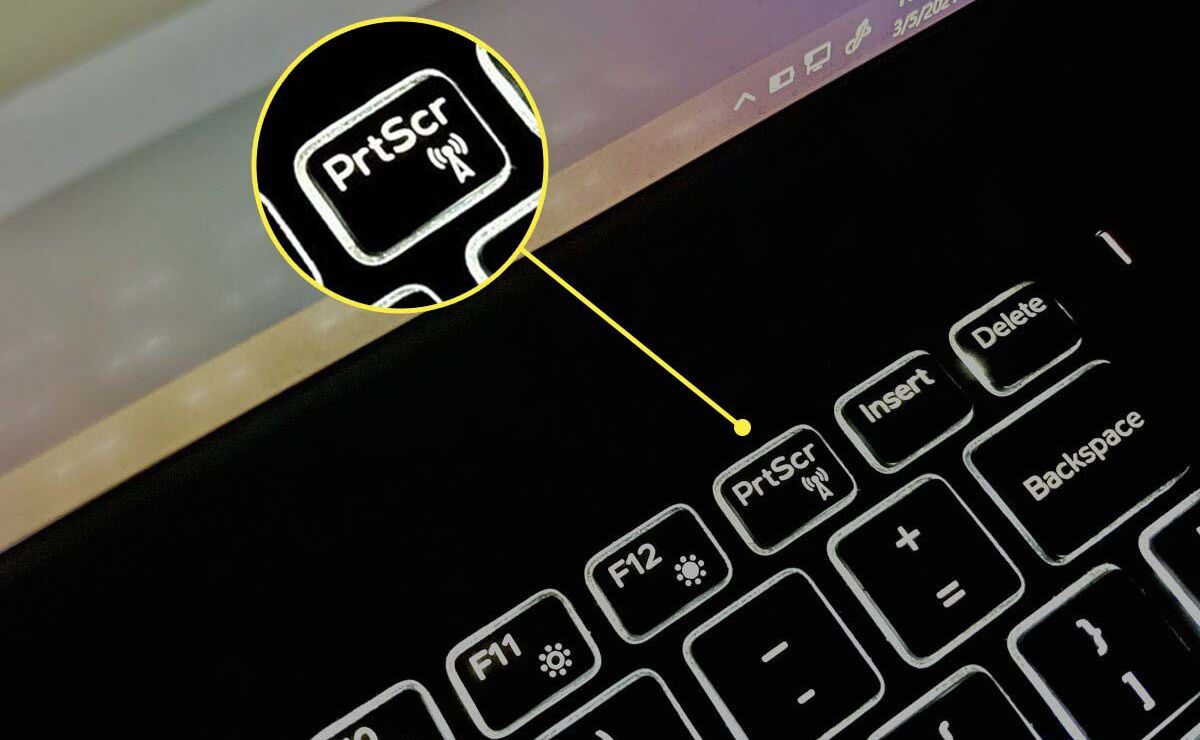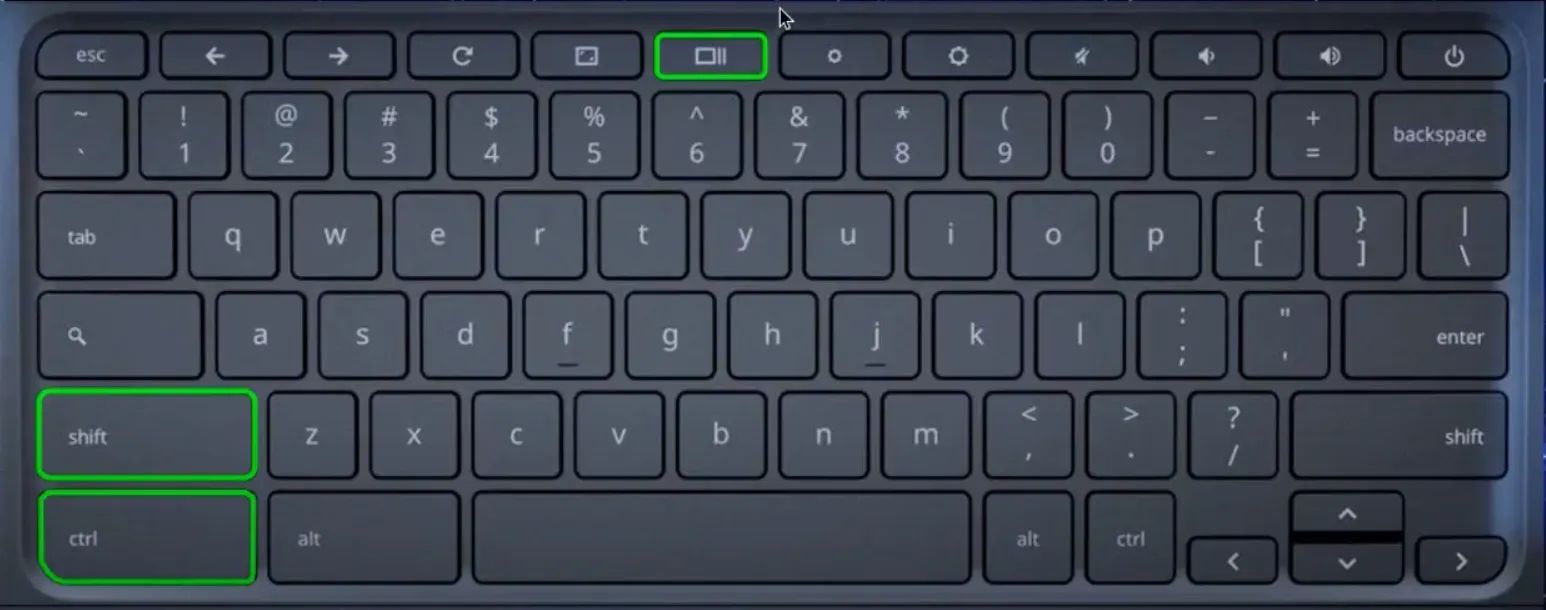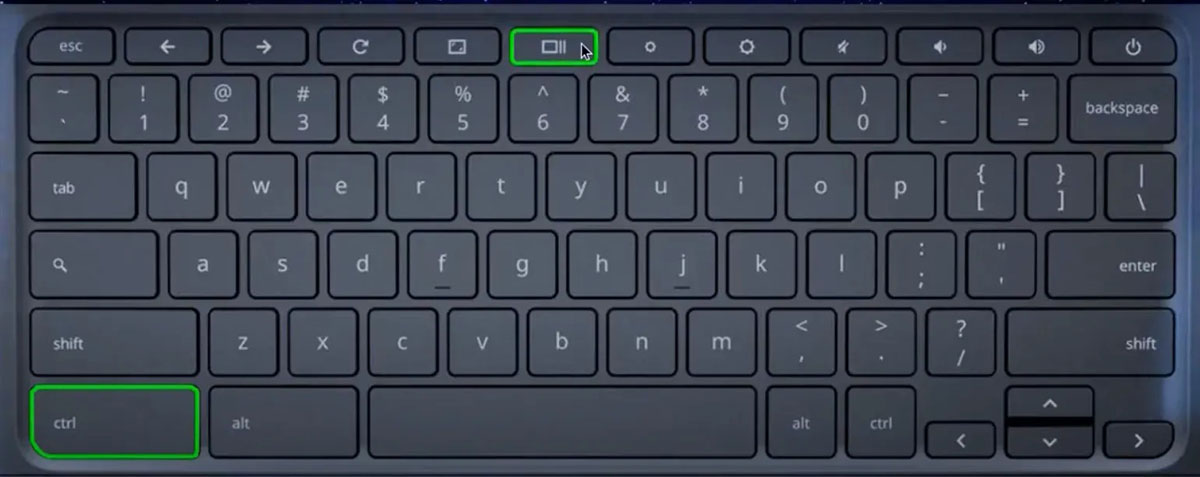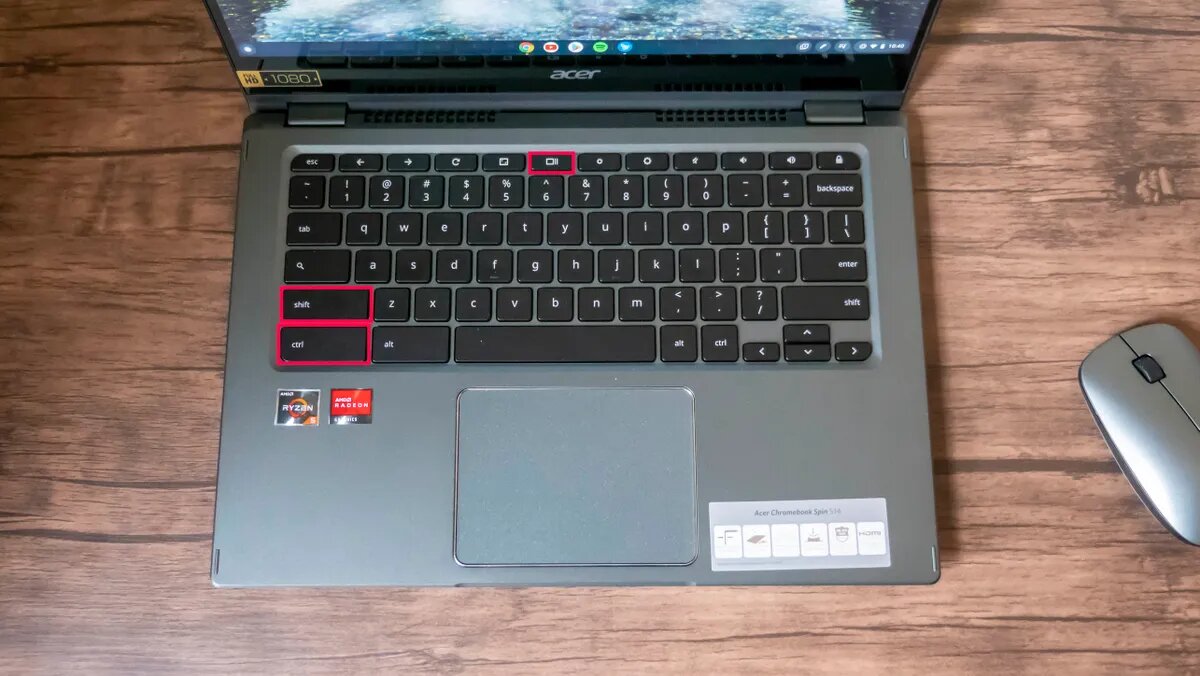Introduction
Taking screenshots is a fundamental aspect of modern computing, allowing users to capture and preserve visual representations of web content, applications, and digital media. Whether you're a professional seeking to document web designs or a casual user looking to save memorable online moments, knowing how to take screenshots in Chrome can greatly enhance your digital experience.
In this article, we will explore various methods for capturing screenshots within the Chrome browser. From utilizing the built-in tools to leveraging Chrome extensions and keyboard shortcuts, we will cover a range of techniques to cater to different user preferences and needs.
By mastering the art of taking screenshots in Chrome, you can effortlessly capture and share visual information, troubleshoot technical issues, create instructional materials, and preserve online content for future reference. Whether you're a seasoned web professional or a curious beginner, the ability to capture and manipulate screenshots within Chrome is a valuable skill that can streamline your digital workflow and enhance your overall browsing experience.
Let's delve into the diverse methods and tools available for capturing screenshots in Chrome, empowering you to seamlessly capture and share visual content with ease. Whether you're looking to capture entire web pages, specific elements, or dynamic content, we've got you covered with a comprehensive exploration of screenshot techniques in Chrome.
Using the Built-In Chrome Tools
Chrome offers a range of built-in tools that enable users to capture screenshots without the need for additional software or extensions. These native features are seamlessly integrated into the browser, providing a convenient and efficient way to capture and save visual content.
1. Using the Chrome DevTools
Chrome's DevTools is a powerful suite of web development and debugging tools that includes a built-in screenshot capture feature. To access this functionality, simply right-click on any element within a web page and select "Inspect" to open the DevTools panel. From there, navigate to the "Elements" tab and locate the desired element. Right-click on the element and choose "Capture screenshot" to save an image of the selected element to your local device.
2. Utilizing the Chrome Page Menu
Chrome's page menu, accessible via the three-dot icon in the top-right corner of the browser window, provides a straightforward method for capturing screenshots. By clicking on the menu icon and selecting "More tools" followed by "Developer tools," users can access a range of developer-oriented features, including the ability to capture full-page screenshots. Within the Developer Tools panel, navigate to the "More options" menu (represented by three dots) and choose "Capture full-size screenshot" to capture an image of the entire web page, including content that may not be immediately visible on the screen.
3. Using the Print Functionality
Chrome's print functionality can also be leveraged to capture screenshots of web pages. By pressing "Ctrl + P" (or "Cmd + P" on Mac) to initiate the print dialog, users can choose the "Save as PDF" option to generate a PDF document of the current web page. This PDF can then be easily converted to an image format using various online or offline tools, providing a flexible alternative for capturing and saving web page content.
4. Employing the Chrome OS Screenshot Tool
For users on Chrome OS, the native screenshot tool offers a seamless way to capture and save screenshots. By pressing "Ctrl + Show windows" (or "Ctrl + F5" on some keyboards), users can capture the entire screen, while pressing "Ctrl + Shift + Show windows" (or "Ctrl + Shift + F5") allows for the selection of a specific area to capture. Once the screenshot is taken, it is automatically saved to the "Downloads" folder, streamlining the process of capturing visual content on Chrome OS devices.
By leveraging these built-in Chrome tools, users can effortlessly capture and save screenshots without the need for external applications or extensions. Whether capturing specific elements within a web page or generating full-page screenshots, Chrome's native features provide a versatile and user-friendly solution for all screenshot needs.
Using Chrome Extensions
In addition to the built-in tools, Chrome offers a vast array of extensions that cater to diverse screenshot capture needs. These extensions expand the capabilities of the browser, providing users with specialized features and customization options for capturing, annotating, and sharing screenshots. Whether you're a professional designer, a digital marketer, or a casual user seeking enhanced screenshot functionality, Chrome extensions offer a wealth of options to streamline the screenshot capture process.
1. Full-Page Screen Capture Extensions
Several Chrome extensions are specifically designed to capture full-page screenshots, allowing users to capture entire web pages, including content that extends beyond the visible viewport. These extensions often provide options for saving the screenshot as an image or PDF, making them ideal for archiving web content, creating visual references, or documenting online research.
2. Annotation and Editing Tools
For users who require advanced annotation and editing capabilities, Chrome extensions with built-in annotation tools offer a convenient solution. These extensions enable users to add text, shapes, arrows, and other annotations directly to the captured screenshots, empowering them to highlight important details, provide instructions, or collaborate with colleagues and clients.
3. Cloud Integration and Sharing Features
Many Chrome extensions seamlessly integrate with cloud storage services and online platforms, allowing users to directly upload and share captured screenshots. Whether it's integration with Google Drive, Dropbox, or dedicated screenshot sharing platforms, these extensions simplify the process of storing and distributing visual content, enhancing collaboration and communication workflows.
4. Customization and Capture Options
Chrome extensions often provide customizable capture options, allowing users to define specific capture areas, adjust image quality, and choose output formats. This level of customization ensures that users can tailor the screenshot capture process to their unique requirements, whether it involves capturing specific elements, optimizing image clarity, or integrating with external applications and workflows.
5. Time-Saving Features
Some Chrome extensions offer time-saving features such as keyboard shortcuts, one-click capture, and batch capture functionality. These features streamline the screenshot capture process, enabling users to capture and save visual content efficiently, without interrupting their browsing experience or workflow.
By leveraging Chrome extensions, users can enhance their screenshot capture capabilities, streamline their workflows, and access specialized features tailored to their specific needs. Whether it's capturing, annotating, or sharing screenshots, the diverse range of Chrome extensions empowers users to elevate their visual communication and documentation processes within the browser environment.
Using Keyboard Shortcuts
Keyboard shortcuts offer a quick and efficient way to capture screenshots within the Chrome browser, empowering users to seamlessly capture visual content without interrupting their browsing experience. By mastering these shortcuts, users can streamline their workflow and enhance their productivity when capturing and saving screenshots.
1. Capturing the Entire Screen
Chrome provides a straightforward keyboard shortcut for capturing the entire screen. By pressing the "Ctrl + Windows Switcher" keys on a Chromebook or "Ctrl + F5" on a standard keyboard, users can instantly capture a full-screen screenshot. This feature is particularly useful for capturing comprehensive visual representations of web pages, applications, or digital content.
2. Selective Area Capture
In addition to capturing the entire screen, Chrome offers a keyboard shortcut for capturing a specific area of the screen. By pressing "Ctrl + Shift + Windows Switcher" on a Chromebook or "Ctrl + Shift + F5" on a standard keyboard, users can activate the selective area capture mode. This allows them to define a custom capture area by clicking and dragging the cursor, enabling precise and targeted screenshot capture.
3. Saving Screenshots to the Clipboard
Chrome's keyboard shortcuts also facilitate the seamless saving of screenshots to the clipboard. By combining the "Ctrl + Shift + Windows Switcher" keys on a Chromebook or "Ctrl + Shift + F5" on a standard keyboard, users can capture a screenshot and automatically save it to the clipboard. This feature eliminates the need to manually save the screenshot to a file, allowing for immediate pasting and sharing of the captured visual content.
4. Accessing the Downloads Folder
Upon capturing a screenshot using keyboard shortcuts, users can conveniently access the saved image in the "Downloads" folder. By pressing "Ctrl + J" on the keyboard, users can quickly open the Downloads page, where they can locate and manage the captured screenshots. This streamlined access to the Downloads folder ensures that users can effortlessly retrieve and utilize their captured visual content.
By familiarizing themselves with these keyboard shortcuts, users can expedite the process of capturing, saving, and accessing screenshots within the Chrome browser. Whether capturing the entire screen, selecting specific areas, or saving screenshots to the clipboard, these keyboard shortcuts offer a seamless and efficient solution for all screenshot capture needs.







